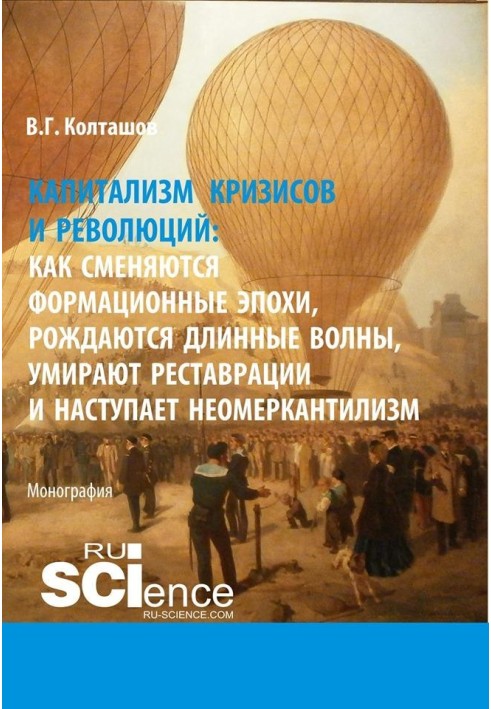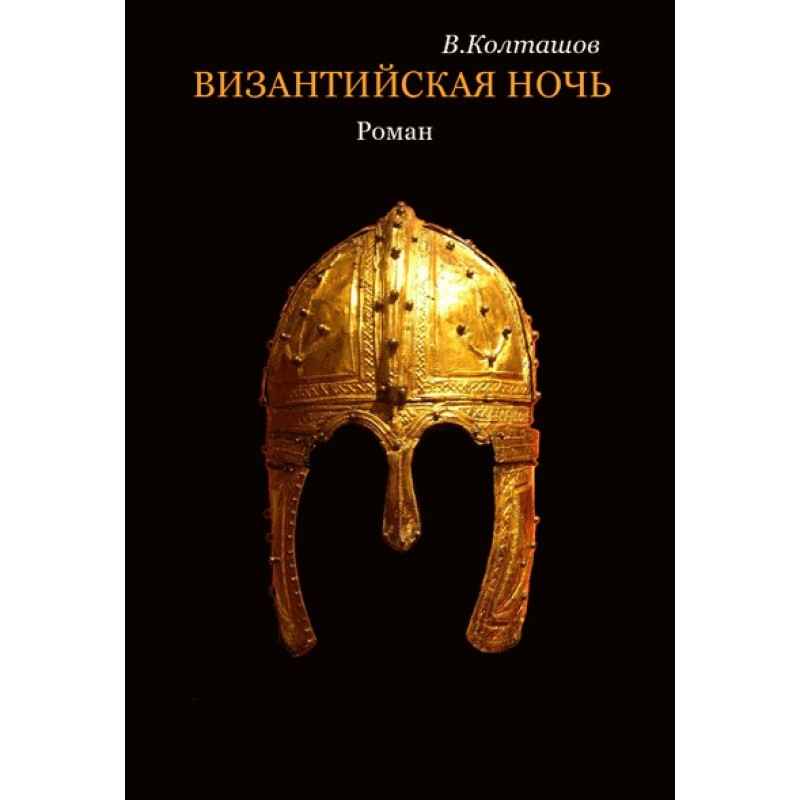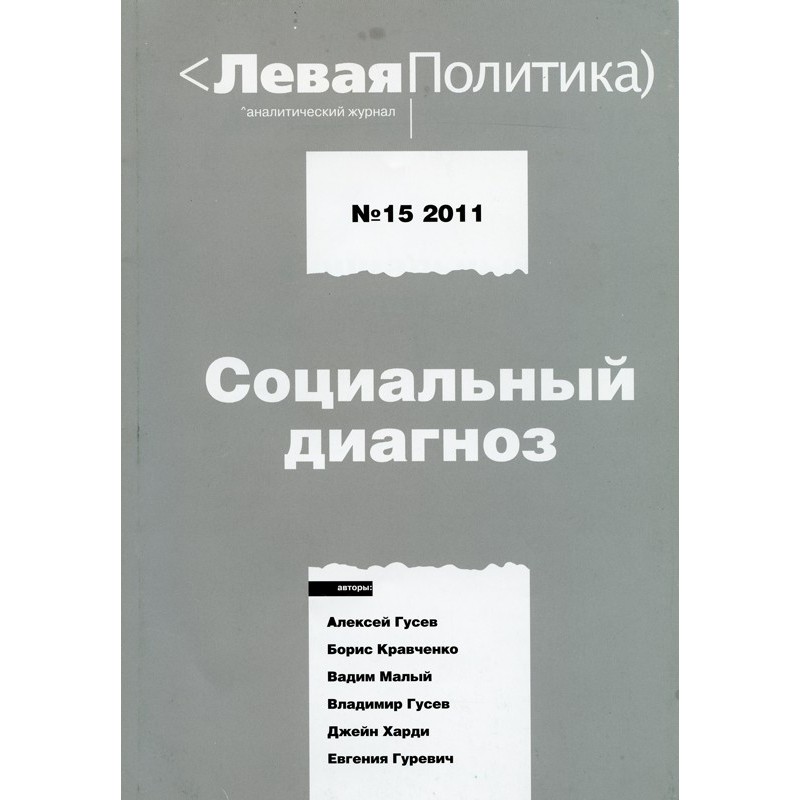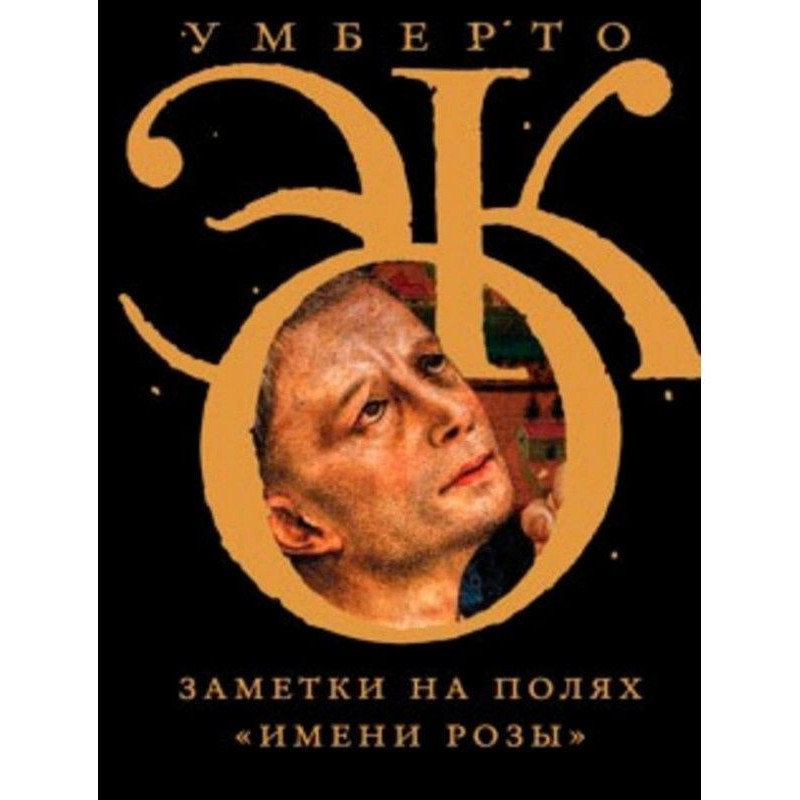Capitalism of crises and revolutions
 Instant download
Instant download
after payment (24/7)
 Wide range of formats
Wide range of formats
(for all gadgets)
 Full book
Full book
(including for Apple and Android)
A lot is said about the essence of this book in its subtitle. It is devoted to the following important issues: hierarchy, role and cyclicality of economic crises; long waves in the development of commercial and industrial capitalism; analysis of the stages of the great modernization revolutions of the era of capitalism in the context of major economic crises and the laws behind them. The emphasis is on the analysis of such phases of revolutions as restoration and glorious revolution, phases that are by no means random and economically necessary. The last question of the book is the modern economic crisis, which is a turning point and brings a new, neo-mercantile order to the world. First of all, an analysis is given of how the change in slave-owning and feudal society took place in reality and what role the economic crises of the 3rd and 14th centuries played here. By comparing them, the author shows the reasons for the success of merchant capitalism in Europe and the creation of a world market. By revealing the crisis of the 1770s, the book also reveals the mechanism that created industrial capitalism. Moving forward with the analysis of economic events of the 19th-21st centuries, the author gives a theory of large cyclical crises replacing long waves of development (Nikolai Kondratiev waves).
Author: Koltashov V.G. is an economist and historian specializing in economic crises from ancient times to the eras of merchant and modern industrial capitalism. Head of the Institute of a New Society, lecturer at the Russian Economic University. G.V. Plekhanov. At the beginning of 2008, he gave a surprisingly accurate analysis of the modern crisis as a long-term painful turning point, a major crisis transforming the world economy and the life of society. The forecast of changes caused by the crisis continues to be realized, confirming the theory of the cyclical nature of major crises. Under Koltashov’s leadership, many analytical reports were prepared. And in the book “The Crisis of the Global Economy” (2009), he spoke about the logic of the first wave of global instability, warning: the crisis will return. In 2013, at the beginning of the second wave of the crisis, the author returned to Russia after six years of analyzing the economic disaster in Greece. During the same period, he began studying the connection between the great crises and the great modernization revolutions of the era of capitalism. Thus, for the first time, an economic and socio-political analysis of such phases as the restoration and the glorious revolution was carried out.
Drawing on the cover: Gambetta's flight in the Armand Barbès balloon on October 7, 1870, painting by Jules Didier and Jacques Gio. Collection of the Carnavalet Museum, Paris.
Data sheet
- Name of the Author
- Василий Колташов Георгиевич
- Language
- Russian

























